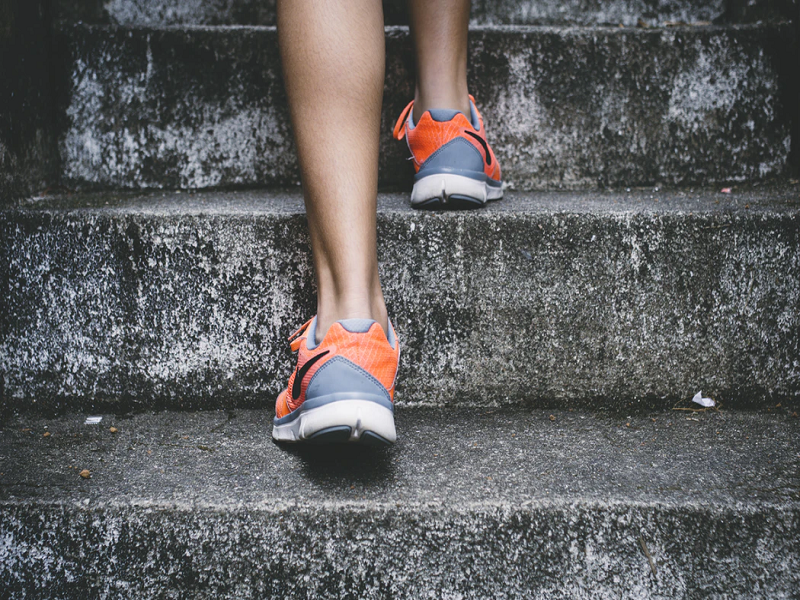Wellness
5 ways to shake up your walking routine
Tired of just your regular walking routine? Switch it up a bit by using some of these tricks!
1. Use hand weights – Cardio and strength training can go hand-in-hand when you add weights to your walk. A 2019 study found that weight training is good for your heart, and research shows it reduces the risk of developing a metabolic disorder by 17 percent. People with metabolic disorders have a higher chance of being diagnosed with high cholesterol, high blood pressure, and diabetes.
2. Find a fitness trail – Strength training isn’t limited to weights. You can get stronger by simply using your body. Often found at parks, fitness trails are obstacle courses with equipment for pull ups, push ups, rowing, and stretches to build upper and lower body strength. Try searching “fitness trails near me” online or checking out your local parks and recreation website.
3. Add stairs – You’ve likely heard that taking the stairs instead of an elevator is a way to add more movement into your daily routine. It’s also a way to step up your walking. Stair climbing can easily add a bit more challenge to your walk. If you don’t have stairs in your home, you can often find them in outside locations or shopping centres.
4. Gradually increase your pace – A faster walking pace is associated with a lower risk of chronic obstructive pulmonary disease and respiratory diseases. Still, it’s best not to go from a stroll to an Olympic-worthy power walk in a day. Instead, increase your pace gradually to prevent injury. “Start by walking at a brisk pace for about 10 minutes per day, 3 to 5 days per week,” Rue says. “Once you’ve done this for a few weeks, increase your time by 5 to 10 minutes per day until you get to 30 minutes.”
5. Recruit a friend – People who work out together stay healthy together. One study showed that older adults who exercised with a group improved or maintained their functional health and enjoyed their lives more. Enlist the help of a walking buddy with a regimen you aspire to have. If you don’t know anyone in your area, apps like Strava have social networking features so you can get support from fellow exercisers.
